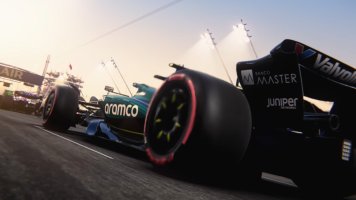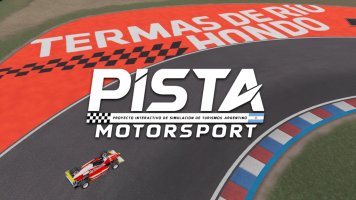I'm probably overlooking something real basic here, but, I can't figure out the scale of an imported LIDAR mesh.
I imported .LAZ files into CloudCompare, trimmed out unneeded areas, made it a mesh, and exported that to FBX. I've imported that FBX into Blender and the imported mesh is too small. It imported at a scale of 0.010 (way too small). I scaled up to 1, and it's still too small. A simple scale looks like the correct scale should be somewhere between 1.5 and 1.6, and I'm just trying to figure out if there's a mathematical way to make sure the scale is 100% accurate. Might be tired brain, but I can't find any combination of imperial-metric conversion that might get me into that ballpark.
Any tips? Obvious glaring issues I'm missing?
The original .LAZ files are listed at the source as being in meters, as is my blender scene. I'm assuming CC applied a different unit to the scene but I can't find any sort of settings for the scene units.















